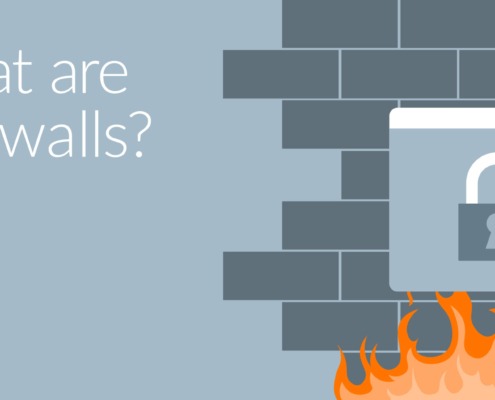
IT Security Services Enhance Digital Protection (Part 1 of 4)
Business, Infrastructure, IT Services, Security, TechnologyManaged IT security services. Cost-effective cybersecurity consulting solutions for enhanced cybersecurity protection that reduce risk and remove worry from operations.

Project Management for IT Optimization
Business, Infrastructure, IT Services, Technology, Tips and RecommendationsDiscover the crucial importance of project planning and master IT project management best practices for success in the digital age.

The Power of Preventive Maintenance in Information Technology
Business, Infrastructure, IT Services, Security, Technology, Tips and RecommendationsDiscover the power of IT preventive maintenance: Boost efficiency, reduce downtime, and enhance security with our expert insights.

It’s Time to Convert Your Business to VOIP
Business, Infrastructure, IT Services, Technology, Tips and RecommendationsIs it time to replace your landline with a VoIP phone system? Learn what the sunset of landlines and the rise of digital phone systems means for your business.

WHY ROC: ‘IT Insights’ Expands in Rochester Providing Outsourced Technology Services
Business, IT Careers, IT Services, News, TeamThe business community in Rochester is ever-growing and many existing businesses are now expanding, including IT Insights, a locally-based, outsourced IT company.

What are Firewalls?
Business, Security, Technology, Tips and RecommendationsA firewall is extremely valuable because your data and your employee’s time is valuable, and it helps to preserve that. It's the best/first line of defense into your company.
